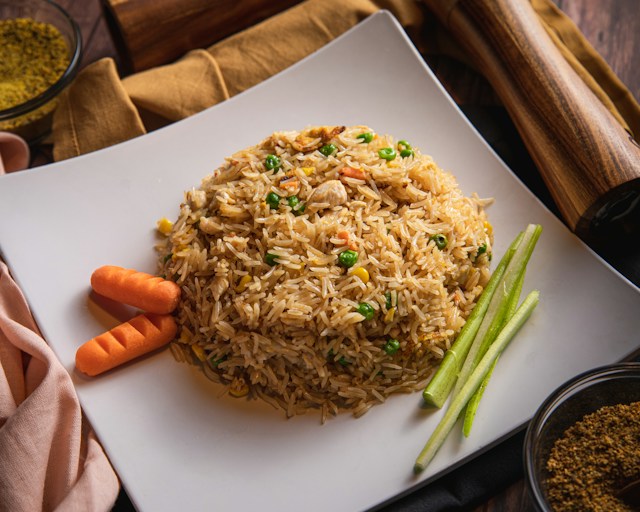Introduction: In the realm of nutrition, debates often arise about which foods are the healthiest choices. One such debate revolves around rice – specifically, whether brown rice is truly healthier than white rice. While both varieties are staple grains in many diets around the world, they differ significantly in terms of processing and nutritional composition. In this blog post, we’ll delve into the science behind brown and white rice, explore their nutritional profiles, and determine whether one reigns supreme in terms of health benefits.
Understanding Brown Rice vs. White Rice: To understand the debate surrounding brown and white rice, it’s essential to grasp the key differences between the two varieties.
Brown rice is a whole grain that undergoes minimal processing, retaining its outer bran layer and germ. This outer layer contains valuable nutrients such as fiber, vitamins, minerals, and antioxidants. The bran also gives brown rice its characteristic nutty flavor and chewy texture.

On the other hand, white rice undergoes extensive processing that removes the outer bran layer, germ, and husk, leaving behind only the starchy endosperm. While this process gives white rice its smooth and tender texture, it also strips away many of the nutrients found in brown rice, including fiber, vitamins, and minerals.
Nutritional Comparison: Let’s compare the nutritional profiles of brown rice and white rice to determine whether one is truly healthier than the other:
- Fiber: Brown rice is significantly higher in dietary fiber compared to white rice. The bran layer of brown rice contains insoluble fiber, which promotes digestive health, regulates bowel movements, and helps prevent constipation. Fiber also contributes to feelings of fullness and satiety, which can aid in weight management and blood sugar control. In contrast, white rice contains minimal fiber due to the removal of the bran layer during processing.
- Vitamins and Minerals: Brown rice is a good source of essential vitamins and minerals, including B vitamins (such as thiamine, niacin, and vitamin B6), magnesium, phosphorus, and manganese. These nutrients play vital roles in energy metabolism, bone health, and overall well-being. While white rice is often enriched with some of these nutrients during processing, it still lacks the naturally occurring vitamins and minerals found in brown rice.
- Glycemic Index: The glycemic index (GI) is a measure of how quickly a food raises blood sugar levels after consumption. Brown rice has a lower glycemic index compared to white rice, meaning it causes a slower and more gradual increase in blood sugar levels. This is due to its higher fiber content, which slows down the absorption of glucose into the bloodstream. As a result, brown rice may be a more suitable option for individuals with diabetes or those looking to manage their blood sugar levels.
- Antioxidants: Brown rice contains more antioxidants than white rice, primarily due to the presence of compounds such as phenolic acids, flavonoids, and anthocyanins in the bran layer. These antioxidants help protect cells from damage caused by free radicals and may reduce the risk of chronic diseases such as heart disease, cancer, and diabetes. In contrast, white rice contains fewer antioxidants due to the removal of the bran layer during processing.

Conclusion: After examining the evidence, it’s clear that brown rice offers several nutritional advantages over white rice. Its higher fiber content, increased levels of vitamins and minerals, lower glycemic index, and greater antioxidant content make it a healthier choice for overall health and well-being. While white rice may be preferred for its softer texture and milder flavor, it lacks the nutrient density and health benefits of brown rice.
Ultimately, the decision between brown and white rice comes down to personal preference, dietary goals, and individual health considerations. Incorporating a variety of whole grains into your diet, including brown rice, quinoa, barley, and farro, can provide a range of nutrients and health benefits. Remember to prioritize whole, minimally processed foods whenever possible to support optimal health and vitality.
